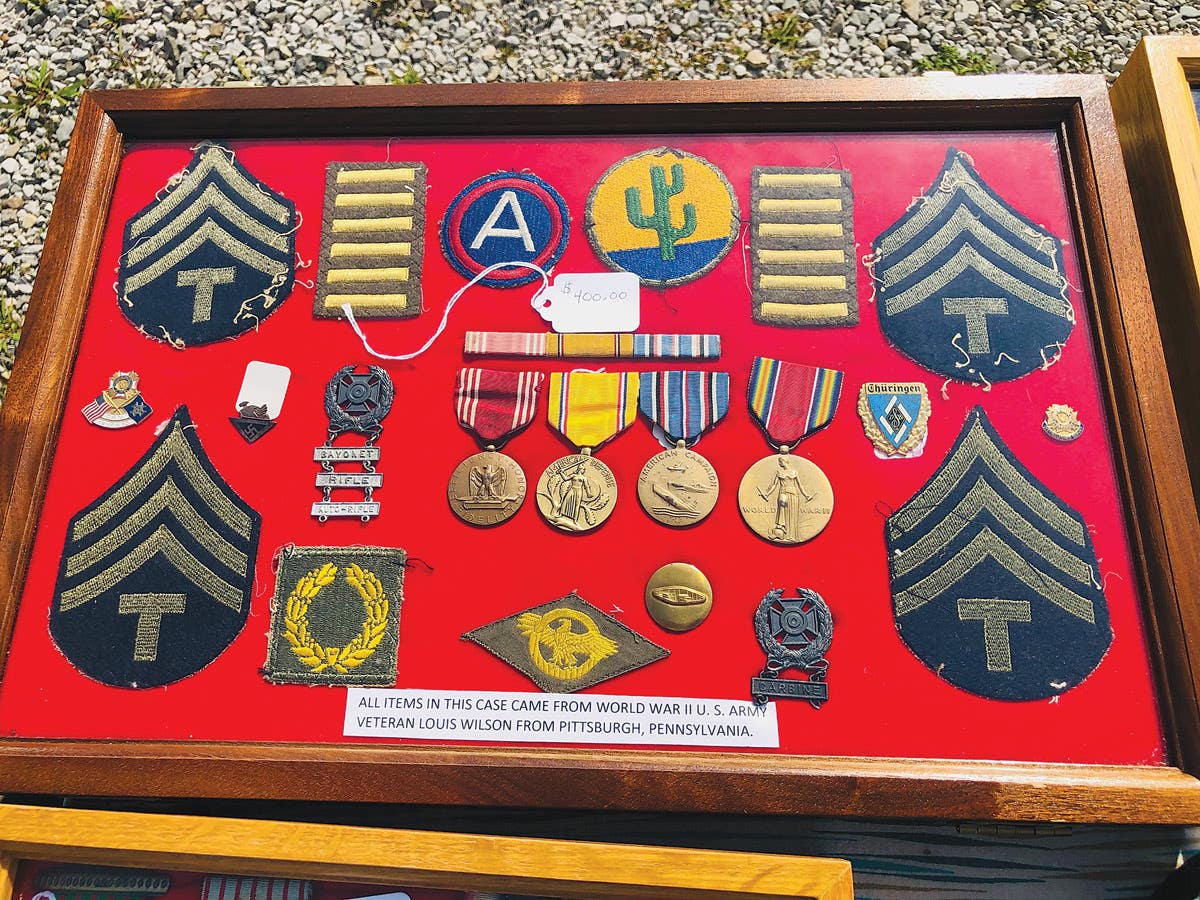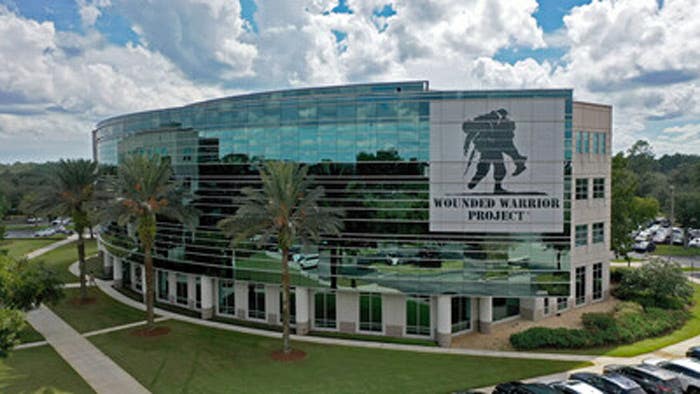U.S. looking to recover remains of MIAs in S. Korea
Military members of a Joint POW/MIA Accounting Command recovery team are conducting recovery operations in South Korea.
Marine Gunnery Sgt. Alexander Mazza, EOD sergeant, augmentee, Joint POW/MIA Accounting Command searches for remains of missing American military servicemembers during a JPAC recovery mission on May 18 in the Kangwon Province, South Korea. Photo and background information from Army Staff Sgt. Matthew Chlosta, JPAC PAO
May 29, 2009
SEOUL, South Korea— Military members of a Joint POW/MIA Accounting Command recovery team are conducting recovery operations in the South Korea provinces of Kangwon and Kyongsang through June 18. JPAC is being assisted by the local Republic of Korea Army Soldiers and the Republic of Korea Ministry of National Defense Agency for KIA Recovery & Identification (MAKRI). MAKRI is the South Korean equivalent of JPAC.
JPAC’s mission “is to achieve the fullest possible accounting of all Americans missing as a result of the nation's past conflicts.”
A Command report states that, as of April 29, there are 8,044 missing and unaccounted for personnel from the Korean War. They have identified a total of 91 since 2003.
"We found a lot of animal remains as well as possible human remains," Dr. Jay Silverstein, recovery leader, JPAC said following a search at Kangwon on May 18. "We found part of a Parker pen, boot eyelets, buttons, rounds from the M1 Carbine rifle and M1 Garand rifle. We did find possible human remains today and part of a toothbrush.”
Part of the search in Kangwon focuses on the remains of U.S. soldiers who died during an MIA march across the border of North and South Korea.
"The site was identified during a search along a POW march route from Hwacheon to North Korea," Silverstein said. "A farmer identified an area where he had encountered remains and a subsequent limited excavation recovered human remains. The site has not been positively correlated to a U.S. MIA loss site at this time. Our witness suggested there are three to five people at the site.
"DPRK [the People's Democratic Republic of Korea] methods of handling prisoners often included long marches north during which many U.S. soldiers perished and were left in unmarked graves," Silverstein went on to explain. "In the aftermath of battles civilians often hastily buried remains wherever they found them in an attempt to prevent diseases.
“The stalemate around the 38th parallel included continuous back-and-forth battles such that UN [United Nations] forces often did not control the battlefield at the end of the day. Because of this, remains might be hastily buried or left in place.”
Silverstein added. "There are a couple of reasons that there are so many MIAs. The speed and chaos of the initial invasion of the south and scattered resistance of U.S. forces meant that the battlefield was dynamic and many were lost without the supporting benefit of a cohesive unit organization.”
The vast majority of missing soldiers from the Korean War are ground losses, but the JPAC searches also include plane crash sites. The Korean War was the first conflict in which the United States military used fighter jets.
JPAC has been working to conduct more recovery operations in South Korea as the population of witnesses and family members of the MIAs age.
For more information, visit the JPAC web site: www.jpac.pacom.mil
CLICK HERE to share your thoughts in the Militaria Message Board







